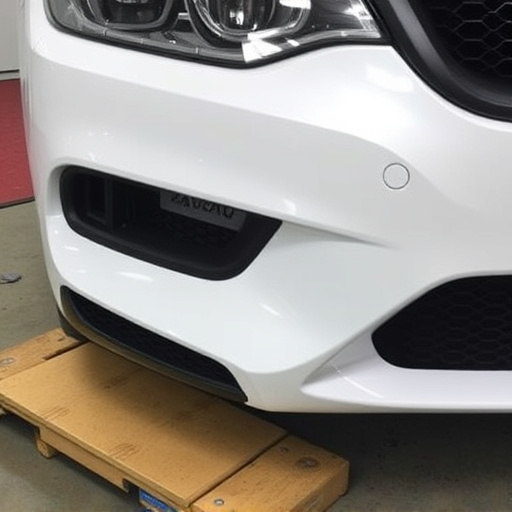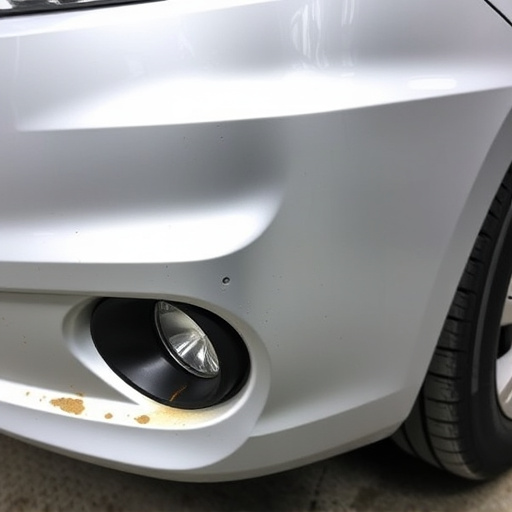Mercedes sequential turn signals, a key safety feature, require specialized Mercedes sequential turn signal repair due to complex design and potential issues like faulty control units, damaged wiring, or burned-out bulbs. Skilled auto body shops address these problems through diagnosis, replacement parts, reprogramming, or frame straightening, ensuring safe road conditions and proper vehicle functionality.
“Unraveling the complexities of Mercedes sequential turn signal systems is crucial for maintaining your vehicle’s safety and performance. This comprehensive guide delves into the distinct features and common issues plaguing front and rear systems. From understanding system differences to advanced repair techniques, we provide a step-by-step approach for troubleshooting and fixing both types of signals. Learn how to identify rear system-specific problems, replace parts efficiently, and prevent future failures, ensuring your Mercedes’ turn signals function optimally.”
- Understanding Mercedes Sequential Turn Signal Systems
- – Explanation of front and rear systems differences
- – Common issues faced with each system
Understanding Mercedes Sequential Turn Signal Systems

Mercedes sequential turn signals are an advanced safety feature designed to enhance visibility and reduce the risk of accidents, especially at intersections. This system uses a series of flashing lights on the side mirrors to indicate turns, providing drivers with a clear understanding of a vehicle’s intentions. The front and rear systems operate independently, featuring distinct patterns for left and right turns, as well as hazard flashers. Understanding these intricate mechanisms is crucial when diagnosing and repairing issues, ensuring that each light functions perfectly to maintain safety on the road.
When problems arise, whether it’s a faulty control unit, damaged wiring, or worn-out bulbs, prompt attention is essential. Many auto body shops and collision centers have the expertise and tools to diagnose and fix these sophisticated systems. Repairs may involve frame straightening to ensure proper alignment of mirrors, replacing damaged components, or reprogramming the control unit. A qualified technician will navigate the intricate network of wiring and sensors to get the Mercedes sequential turn signals functioning optimally again, contributing to safer driving conditions for both the vehicle owner and other road users.
– Explanation of front and rear systems differences

The Mercedes sequential turn signal system is a sophisticated feature that enhances driving safety with its flashing lights indicating upcoming turns. However, issues can arise in both the front and rear systems, requiring careful diagnosis and repair. One key difference between the front and rear systems lies in their design complexities. The front system typically involves signals integrated into the vehicle’s headlights, making it more accessible for maintenance and repairs at a typical auto collision repair center or vehicle body shop. In contrast, the rear system is usually designed as a standalone unit within the taillights, which can complicate diagnosis and repair processes. This distinction necessitates specialized knowledge and tools to address rear-end issues effectively.
Mercedes sequential turn signal repairs vary in complexity depending on whether they affect the front or rear systems. Front system repairs often involve replacing burnt-out bulbs or adjusting wiring connections, tasks that are relatively straightforward for trained technicians. In contrast, rear system repairs can be more challenging due to limited access and potential water damage. A reputable collision center’s expertise lies not only in repairing these components but also in ensuring the overall safety and integrity of the vehicle after such repairs, especially when dealing with intricate rear-end mechanisms.
– Common issues faced with each system

The Mercedes sequential turn signal system, whether front or rear, is a complex electrical mechanism that can develop various issues over time. Common problems include faulty signals, flickering lights, and delayed activation. With front Mercedes sequential turn signals, driver visibility might be compromised due to malfunctioning bulbs or loose connections, requiring meticulous auto maintenance to identify and rectify.
For the rear system, repairs often involve addressing worn-out components like flashers or damaged wiring. In some cases, vehicles may exhibit a random sequence of flashes or even fail to turn on the signals altogether, necessitating professional auto body services for thorough diagnosis and effective Mercedes sequential turn signal repair. These issues can impact both safety and vehicle restoration, emphasizing the need for prompt attention from skilled mechanics.
Whether dealing with a faulty front or rear Mercedes sequential turn signal, proper diagnosis is key. Understanding the subtle differences between these systems and their respective common issues equips owners with valuable knowledge for effective troubleshooting. Armed with this understanding, drivers can efficiently address problems, ensuring safe and reliable turns on the road. For more involved repairs, seeking professional assistance from experts specializing in Mercedes sequential turn signal repair is advisable to restore your vehicle’s safety features to optimal functioning.














